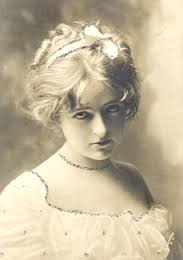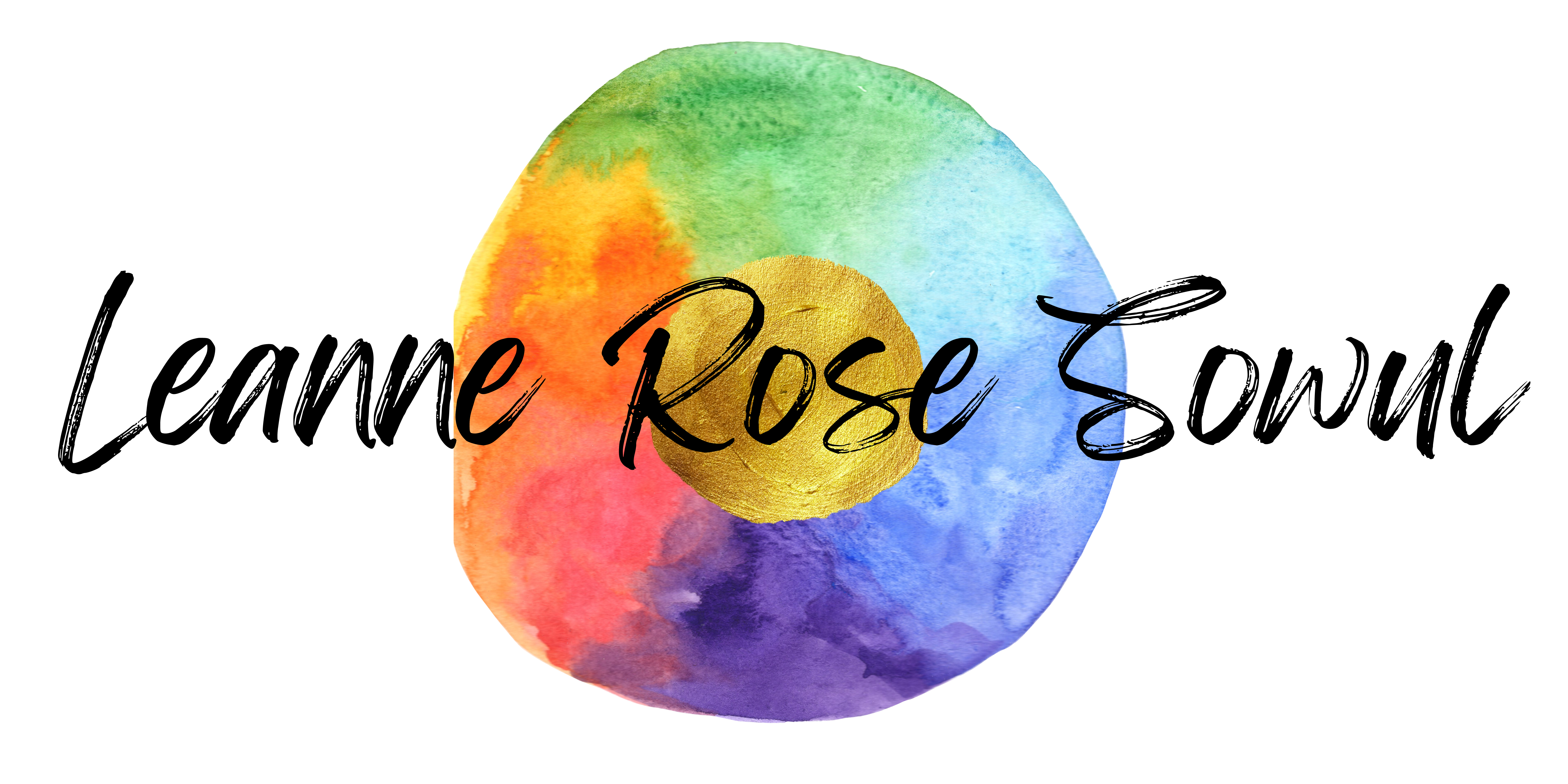I spent the past two weeks getting reacquainted with the characters for my second historical novel, BLIZZARD (still a working title). After writing the first draft over the summer, I took a break from the book to let things marinate. I’ve decided that much will be changed in the second draft. Most of the characters will retain vestiges of their former selves, but some will be changed drastically, and all will become deeper and more complex. I can see the book much more clearly now, which is exciting.
I’ve now done five iterations of studies on each character, and each gave me new information.
(1) Questionnaire: The Scrivener fiction file comes with a very basic character questionnaire, and that was my starting point before draft 1. I filled out what was there and added some questions of my own. Some of my personal favorites include: What’s the character’s MBTI (Myers-Briggs Type Indicator)? What’s the character’s Spirit Animal? What’s his/her theme song? These questions were enough to get me started, and draft 1 provided further discovery through the actions of the characters.
(2) Mind-Mapping: I used this exercise after draft 1. With a very big pad of paper and some Sharpie markers, I started a traditional mind map. The character’s name was in the center, and bubbling out were words like “family,” “education,” “relationships to other characters,” etc. This provided my most productive discovery of the last two weeks. I found I could just keep on bubbling and branching until I ran out of room, and started scribbling ideas on the sides. The downside to this technique is that it’s hard to reference later (due to its size and my messy handwriting) so I compiled all the information into a Scrivener file afterward.

(3) Growth Chart: I had one character that was troublesome to mind-map because she changes so much throughout the course of the novel. For her, I created a growth chart with three columns, titled Starts Out, Then Becomes, And Finally. Here’s an example of what came out of that chart.
Flora: Starts out lazy/conditioned to be weak/Victorian/feminine; then becomes forced into a role of caretaking that requires huge sacrifices and challenges; and finally ends up strong and able to resist the cultural expectations that define women and marriage.
(4) Scene Sketches: In the middle of draft 1, I attended a writer’s retreat, during which I sketched out several scenes for the novel. It’s funny reading the draft now, because I can see where I changed direction with some of the characters after the insights from that writing weekend. I don’t even remember what the original prompts were, because they had nothing to do with the book itself, but since my mind was on the book, that’s where it went. The few scenes that I wrote did end up in draft 1 and will be heavily referenced in draft 2. I don’t usually like to write longhand, but I have to admit that it gets results.
(5) Random Descriptions: I’ve been working on these for the past week. I told myself I had to write a description of each character every day.
Some of them came out simply:
Henry: The worst part was that while he didn’t have the fingers for music, he did possess the ear. Thus, he knew exactly how horrible his playing was. Thankfully, most of his customers didn’t seem to notice the difference.
And some were more mundane, but lengthy:
Calvin: He cared little for what he wrote on, but the pencil itself- well, it had to be perfect. Sharpened on all sides, medium graphite, with enough wood for a decent grip. He sharpened them himself every night, and lined them up in a row inside his pocket. Violet was forever complaining about the graphite stains that were so hard to get out, and Arthur had repeatedly suggested a fountain pen with a sturdy cap, but Calvin would not be swayed. He promised himself that when he was a rich and famous journalist, the owner of the most reputable publication in New York City, he’d assign a boy the sole responsibility of sharpening his pencils. He’d be known for his pickiness about the materials and the point; it would be his public quirk, an oddity for which he was known. Calvin Allen, the pencil king.
I have to admit that I don’t always love doing character studies, but these five were productive, and got me closer to the actual writing of the book (the fun part!).
Writers, do you have a way of studying characters that you swear by? Readers, what makes a character beloved for you?

Another tool for developing characters that offers tremendous depth, breadth, and opportunities for evolution is the Enneagram — think of it as Myers Briggs on rocket fuel.
Thank you, Louise! I’m familiar with the enneagram and know many people who swear by it. I’ve taken the test but the results didn’t resonate with me as much as MBTI for some reason, even though I know they’re supposed to be more accurate. Maybe I need to read a book on it, as I did with Myers-Briggs.